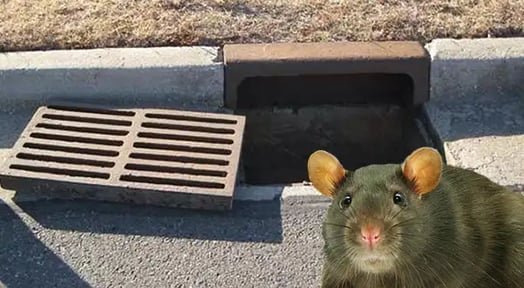New York City’s rat problem is worse than ever: The New York Times reports that the number of rat reports soared 38% last year, and the people of New York are more desperate to repel rats than ever.

But the rising rat-rate — and New York’s ever-evolving attempts to curb it — has also spawned an innovative industry of rat-catchers.
Over the centuries, New York City has tried lots of traps…
And, in the process, made plenty of rodent-wranglers rich.
In recent years, environmental concerns have caused pest-control programs to reconsider poisoning rats… and led to an explosion of innovation in rat-tech.
Here’s a rundown of the city’s shifting pest paradigm — and the pest-purging pioneers who have profited from it:
- 2013: NYC thinks rat reproduction is the problem; Senestech sells the city a $1m trial of a city-scale rodent contraception system
- 2016: NYC decides to go straight to the source and get rid of gross garbage; the city buys $5.6m worth of Mint-X rodent-repelling trash bags
- 2017: NYC determines dry ice is an effective way to kill rats without chemicals; Bell Laboratories grabs some of the city’s $32m revamped rat budget with a product called Rat Ice
Now, in 2019, NYC thinks drowning rats in vinegar may be best…
And, thankfully, a company called Rat Trap Inc. offers just the type of rat bucket the city’s looking for. Called an “Ekomille,” the latest-and-greatest advancement in rat-trapping uses vinegar-filled buckets to lure rats to an acidic afterlife.
The city unveiled the new traps — which are sold by Rat Trap Inc. for between $300 and $400 — at a press conference last Thursday.
City officials plan to place a number of the expensive vinegar buckets across Brooklyn, and — if the pilot pest program is successful — expand the program across the city.
But pest control infest-ment isn’t limited to NYC
Across the US, pest control was an $8.97B industry in 2018 — and it grew 4.4% from the previous year.
In North Dakota, a woman named Kari Block stumbled across a novel pest control solution that involved spraying perfume on pine cones — and built it into a pest-control powerhouse that did more than $10m in annual sales a few years ago.
It’s just like grandma used to say: One woman’s pest problem is another woman’s business model.

